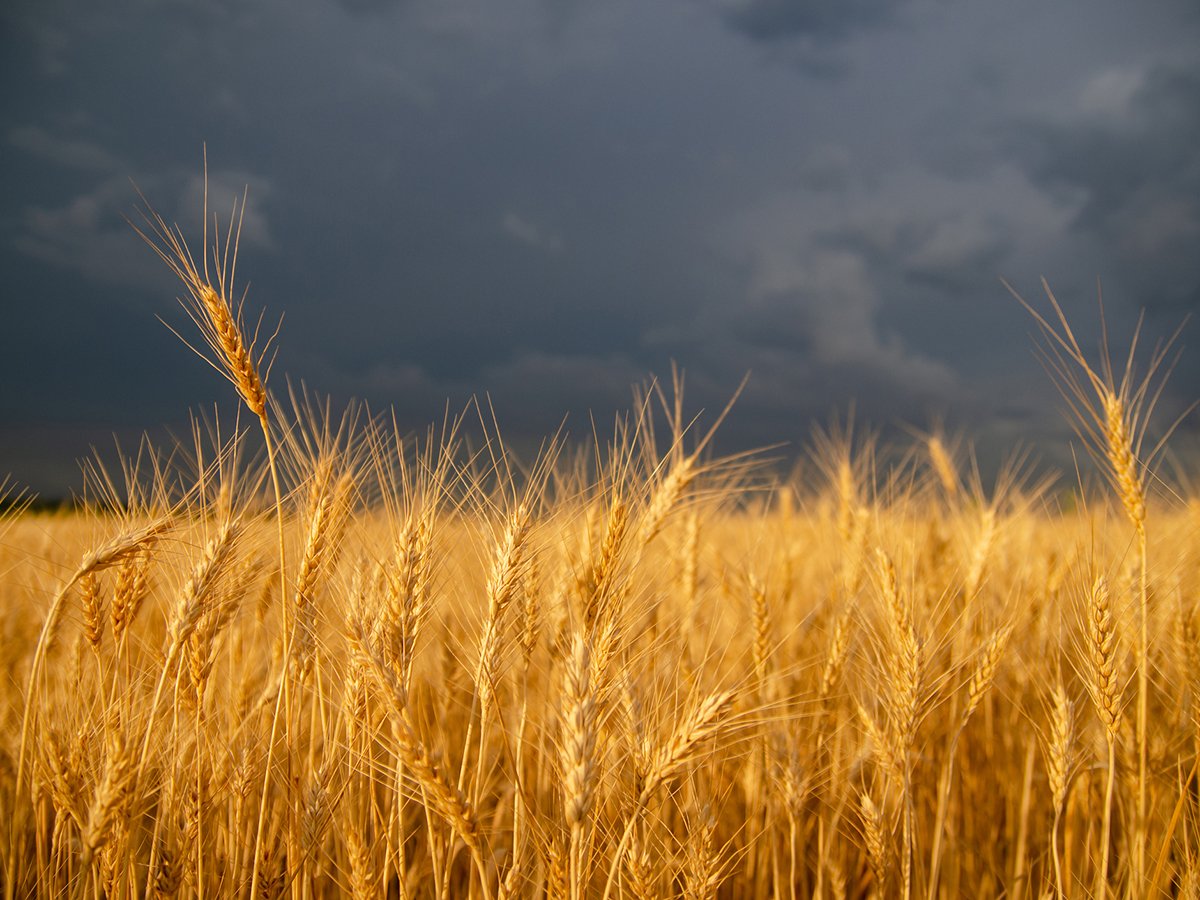It seems like the weather down here in Iowa is similar to that back home on the middle of the prairies.
Here’s the parking lot of the World Pork Expo yesterday:

I got soaked to the skin. But there the problems ended: I dried off and the crops here can soak this kind of stuff up. This morning at 6 a.m. there was another massive thunderstorm and downpour, but again, but lunchtime here, it’s all soaked in.
The situation is far more dire back on the prairies, I see from the Canadian Wheat Board’s just-released estimate that it expects eight to 12 million acres to go unseeded due to excessive rain. That’ll knock wheat to its lowest acreage in 40 years and affect the hard red spring wheat market.
Yesterday I asked Brian Henry of Archer Financial Services about whether the U.S. markets have woken up yet to the problems besetting the prairies. I wondered if U.S. traders were yet worried about short canola acreage. Here’s what he emailed me:
Read Also

Late season rainfall creates concern about Prairie crop quality
Praying for rain is being replaced with the hope that rain can stop for harvest. Rainfall in July and early August has been much greater than normal.
“The canola issue is working its way to the front burner, but people down here pay more attention to the soy complex. The trade is concerned about the potential lack of canola oil, but not concerned about a shortage of veg/ soy oil. I believe the wheat has just as much of a story from the standpoint of protein. Many times the Canadian spring wheat crop has helped U.S. based millers out of low protein crops here. The same issue may come to light as the HRW crop is harvested. Additionally, the trade will be looking for some type of stress to develop protein in the red spring wheat crop in the northern plains. If that doesn’t happen a potentially short Canadian spring wheat crop could cause some real problems. Too much wheat to little protein. It’s worth watching.”
So the wheat board’s projections today will probably start getting the prairie plight some attention, and perhaps move prices up a bit, compensating slightly for the crop production problems producers are facing. It won’t make up for the damage, but higher prices are always better than lower prices. There’s already been a heck of a rally in canola futures this week, taking us back near $400, as fears move that market. It’ll be interesting to see what happens to Minneapolis wheat in coming weeks.

















